Home>Articles>What Is The Ideal Temperature When Using A Slow Cooker
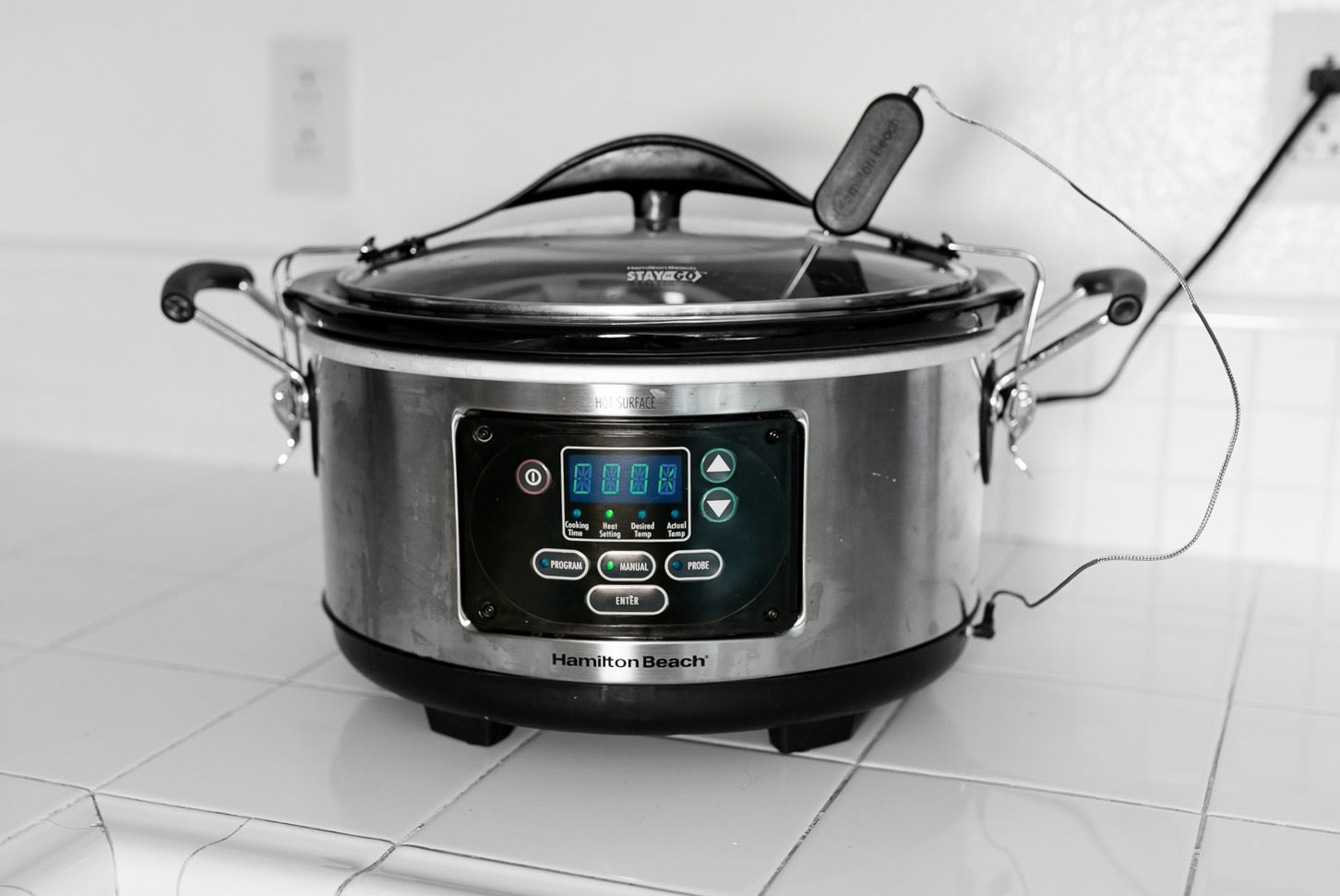

Articles
What Is The Ideal Temperature When Using A Slow Cooker
Modified: January 7, 2024
Discover articles on what temperature is ideal for a slow cooker, and learn how to achieve delicious, tender meals every time.
(Many of the links in this article redirect to a specific reviewed product. Your purchase of these products through affiliate links helps to generate commission for Storables.com, at no extra cost. Learn more)
Introduction
Welcome to the wonderful world of slow cooking! If you’re a cooking enthusiast or someone who loves coming home to a delicious, home-cooked meal after a long day, then a slow cooker is your new best friend. Slow cookers, also known as crock-pots, are incredible kitchen appliances that make meal preparation a breeze and deliver mouthwatering, tender dishes with minimal effort.
While slow cookers are incredibly convenient, one common question that often arises is: What temperature is a slow cooker? Understanding the temperature settings of your slow cooker is essential to achieving the best results and ensuring that your meals are cooked safely and thoroughly.
In this article, we will explore the basics of slow cooking, delve into the temperature settings of slow cookers, discuss the ideal temperature range for different types of dishes, understand the factors that can affect the temperature, and offer useful tips for adjusting the temperature in your slow cooker. By the end of this article, you’ll be equipped with all the knowledge you need to make the most out of your slow cooker.
So, let’s dive in and unravel the mysteries of slow cooker temperatures!
Key Takeaways:
- Understanding the temperature settings of your slow cooker is crucial for achieving delicious, tender dishes. The low setting is perfect for long, slow cooking, while the high setting is suitable for quicker meals, ensuring versatility in meal preparation.
- Factors such as the slow cooker model, ambient temperature, amount and placement of ingredients, and lid seal can affect the overall temperature and cooking time. By being aware of these factors, you can make necessary adjustments and fine-tune your cooking process for perfectly cooked meals.
Read more: What Is The Ideal Size For A Slow Cooker
Slow Cooker Basics
Before we delve into the specifics of slow cooker temperatures, let’s start with the basics. A slow cooker is a countertop kitchen appliance designed to cook food at a low temperature over an extended period. It consists of a removable cooking pot, usually made of ceramic or metal, housed within a heating element, base, and lid.
The concept behind slow cooking is simple yet ingenious. By cooking food slowly at a consistent low temperature, slow cookers allow flavors to develop, tough cuts of meat to become tender, and ingredients to blend together harmoniously. It’s the perfect cooking method for busy individuals who want a hot, delicious meal waiting for them at the end of the day.
Slow cookers typically have three temperature settings: low, high, and sometimes a keep-warm setting. The low setting usually ranges from 170°F to 200°F (77°C to 93°C), while the high setting can reach temperatures ranging from 280°F to 300°F (138°C to 149°C). The keep-warm setting, as the name suggests, is designed to maintain food at a safe temperature without cooking it further.
Now that we’ve covered the basics, let’s delve into the different temperature ranges and how they affect your cooking.
Understanding Temperature in Slow Cookers
When it comes to slow cookers, understanding the temperature settings is crucial for achieving desired cooking results. While slow cookers operate at lower temperatures compared to other cooking methods, they are still capable of producing delicious and fully cooked meals when used correctly.
As mentioned earlier, slow cookers typically have low and high temperature settings. The low setting is ideal for long cooking times, typically ranging from 6 to 8 hours or even longer. This setting is perfect for dishes that require tenderizing and melding of flavors, such as stews, braises, and roasts. The low temperature allows for slow, gentle cooking, ensuring that the meat becomes tender and the flavors concentrate over time.
The high setting, on the other hand, is suitable when you need to cook a meal in a shorter amount of time. It can range from 4 to 6 hours or less, depending on the recipe. The high temperature setting is great for cooking poultry, vegetables, or dishes that do not require as much time for flavor development.
It’s important to note that slow cookers operate at a lower temperature than conventional ovens or stovetops. This means that food may take longer to reach its safe internal temperature, especially when cooking proteins. It’s crucial to ensure that meat, poultry, and other perishable ingredients reach their recommended internal temperatures for food safety.
Additionally, keep in mind that slow cookers can vary in terms of their temperature accuracy. Some models may run hotter or colder than others, so it’s a good idea to use an instant-read thermometer to check the internal temperature of your food to ensure it is safe to eat.
Now that we have a better understanding of slow cooker temperatures, let’s explore the ideal temperature range for slow cooking different types of dishes.
Ideal Temperature Range for Slow Cooking
When it comes to slow cooking, the ideal temperature range varies depending on the type of dish you’re preparing. Understanding these temperature ranges will help you achieve optimal results and ensure that your meals are cooked to perfection.
For most slow cooker recipes, the low temperature setting is the go-to choice. This setting, typically ranging from 170°F to 200°F (77°C to 93°C), allows for long, slow cooking that results in tender, flavorful dishes. It’s perfect for braising meats, simmering soups and stews, and creating rich and savory flavors.
The ideal temperature range for cooking tough cuts of meat, like beef chuck or pork shoulder, is between 180°F and 190°F (82°C and 88°C). At this temperature, the collagen in the meat gradually breaks down, resulting in tender, fork-tender meat that falls apart easily. This is the temperature range to aim for when making mouthwatering pulled pork or braised beef dishes.
When it comes to cooking poultry, like chicken or turkey, it’s essential to reach a slightly higher temperature to ensure that the meat is fully cooked and safe to consume. The ideal temperature range for poultry is between 165°F and 175°F (74°C and 79°C). This ensures that the meat is moist, tender, and cooked through without becoming dry.
For vegetarian dishes or recipes that primarily consist of vegetables, the low temperature setting is still suitable. The longer cook time allows the flavors to meld together, resulting in deliciously tender and flavorful vegetable dishes.
It’s important to note that the high temperature setting on a slow cooker can be used for certain recipes that require a shorter cooking time or when you need to quickly heat up pre-cooked ingredients. However, it’s generally recommended to use the low setting whenever possible to achieve the best results.
Now that we have a better understanding of the ideal temperature ranges for different types of dishes, let’s explore the factors that can affect the temperature in slow cookers.
When using a slow cooker, it’s important to know that the low setting typically reaches around 190°F, while the high setting reaches around 300°F. This can help you plan your cooking times and temperatures accordingly.
Factors Affecting Temperature in Slow Cookers
When it comes to slow cooking, several factors can affect the temperature inside a slow cooker and subsequently impact the cooking process. Understanding these factors will help you make adjustments and ensure that your dishes turn out just right.
1. Slow Cooker Model: Different slow cooker models can have variations in temperature accuracy. Some models may run hotter or colder than others, so it’s important to familiarize yourself with your specific slow cooker and how it performs.
2. Ambient Temperature: The temperature in your kitchen or cooking environment can have an impact on the overall cooking time and temperature of your slow cooker. For example, if your kitchen is particularly cold, it may take longer for your slow cooker to reach and maintain the desired temperature. Conversely, if your kitchen is warm, the cooking time may be slightly shorter.
3. Amount of Ingredients: The quantity of ingredients in your slow cooker can affect the temperature. If your slow cooker is filled to the brim with ingredients, it may take longer for heat to penetrate and evenly cook the food. Conversely, if the slow cooker is only partially filled, the cooking time may be shorter. Adjustments may need to be made based on the amount of food you’re cooking.
4. Placement of Ingredients: How the ingredients are placed inside the slow cooker can also affect the temperature. Dense or thicker ingredients, like root vegetables, may take longer to cook compared to smaller or more tender ingredients. It’s important to consider the size and density of the ingredients when estimating cooking times and adjusting the temperature setting.
5. Lid Seal: The quality of the lid seal can impact the temperature inside the slow cooker. If the lid is not properly sealed, heat may escape, resulting in a lower cooking temperature. Ensure that the lid fits snugly and tightly on the slow cooker to maintain the desired temperature.
By taking these factors into consideration, you can make adjustments as needed to ensure that your slow cooker operates at the desired temperature and produces delicious, perfectly cooked meals. Now, let’s move on to some tips for adjusting the temperature in your slow cooker.
Tips for Adjusting Temperature in Slow Cookers
While slow cookers are designed to maintain a consistent temperature, there may be times when you need to adjust the temperature to ensure your dishes are cooked to perfection. Here are some useful tips for adjusting the temperature in your slow cooker:
1. Preheat if Necessary: If your slow cooker takes a while to heat up, you can preheat it on high for 15 to 20 minutes before adding your ingredients. This can help bring the temperature up more quickly and reduce the overall cooking time.
2. Adjust Cooking Time: If you find that your slow cooker consistently cooks faster or slower than desired, you can adjust the cooking time accordingly. For example, if your slow cooker tends to cook quickly, you can reduce the cooking time to prevent overcooking. Conversely, if it cooks slower, you may need to increase the cooking time to ensure your dishes are fully cooked.
3. Use an External Thermometer: To ensure accurate temperature control, you can use an external thermometer to monitor the temperature inside your slow cooker. This can help you make adjustments as necessary and ensure that your food is cooking at the desired temperature.
4. Adjust Liquid Levels: The amount of liquid in your slow cooker can affect the temperature and cooking time. If you find that your slow cooker is cooking too quickly, reducing the amount of liquid can help slow down the cooking process. Conversely, if it’s cooking too slowly, you can add a bit more liquid to increase the heat transfer and cooking speed.
5. Consider Using a Timer: Some slow cookers come with a built-in timer, allowing you to set a specific cooking time. If your slow cooker doesn’t have this feature, you can use an external timer to ensure that your dishes cook for the desired duration. This can be especially helpful if you need to adjust the cooking time based on your specific slow cooker’s performance.
By following these tips, you can make necessary adjustments to the temperature in your slow cooker and achieve perfectly cooked dishes. Now, let’s address some common temperature problems in slow cookers and explore their solutions.
Common Slow Cooker Temperature Problems and Solutions
While slow cookers are generally reliable and easy to use, there are a few common temperature problems that can arise. Here are some of the issues you may encounter and their potential solutions:
1. Slow Cooker Runs Too Hot: If you find that your slow cooker tends to run hotter than desired, resulting in overcooked or dried-out dishes, there are a few things you can try. First, you can reduce the cooking time or switch to the low temperature setting to slow down the cooking process. You can also use less liquid in your recipes to prevent excessive evaporation and drying out of the food.
2. Slow Cooker Runs Too Cold: On the other hand, if your slow cooker runs colder than desired, you may end up with undercooked or raw dishes. To address this issue, you can increase the cooking time or switch to the high temperature setting if your slow cooker has one. Adding a bit more liquid to your recipes can also help increase the heat transfer and ensure that the food cooks properly.
3. Uneven Cooking: If you notice that your slow cooker tends to cook unevenly, with some areas being overcooked while others are undercooked, there are a few solutions to consider. First, ensure that you’re distributing the ingredients evenly in the slow cooker to promote even cooking. You can also try stirring the ingredients halfway through the cooking time to help distribute the heat more evenly.
4. Food Takes Too Long to Cook: If you find that your slow cooker takes significantly longer to cook a dish than the recipe suggests, there may be a few factors at play. Make sure you’re using the appropriate temperature setting and adjust the cooking time accordingly. Also, check that your slow cooker is functioning properly and that the lid fits tightly to prevent heat loss.
5. Food Cooks Too Quickly: Conversely, if your slow cooker consistently cooks faster than expected, you may need to make some adjustments. Reduce the cooking time to prevent overcooking, or consider using the low temperature setting if your slow cooker has one. Additionally, double-check that your slow cooker isn’t running too hot and that the lid is sealed properly.
Remember, every slow cooker is unique, and it may take some trial and error to find the optimal settings and techniques for your specific appliance. By being aware of these common temperature problems and their solutions, you can troubleshoot and adjust accordingly to ensure delicious, well-cooked meals.
Now that you’re equipped with knowledge on slow cooker temperatures and ways to tackle temperature-related issues, you can confidently embrace the versatile and convenient world of slow cooking. Happy cooking!
Conclusion
Slow cookers are remarkable kitchen appliances that have revolutionized the way we prepare meals. With their convenience and ability to create delicious, tender dishes with minimal effort, they have become a staple in many households.
Understanding the temperature settings of your slow cooker is key to achieving the best cooking results. The low and high temperature settings offer versatility, allowing you to cook a wide range of recipes. The low setting is ideal for long, slow cooking, while the high setting is suitable for quicker meals. Monitoring your slow cooker’s temperature is important to ensure that your food reaches a safe internal temperature and cooks thoroughly.
Factors such as the slow cooker model, ambient temperature, amount and placement of ingredients, and lid seal can affect the overall temperature and cooking time. By being aware of these factors, you can make adjustments as needed and fine-tune your cooking process.
To adjust the temperature in your slow cooker, you can preheat if necessary, use an external thermometer for accuracy, adjust the amount of liquid, and consider using a timer for precise cooking times. These tips will help you navigate any temperature-related challenges and achieve perfectly cooked meals.
Common temperature problems, such as a slow cooker running too hot or too cold, uneven cooking, or extended cooking times, can be addressed by following specific solutions for each issue. Troubleshooting these problems will ensure that your meals are consistently delicious and well-cooked.
In conclusion, with the right understanding of slow cooker temperatures, adjustments, and troubleshooting techniques, you can fully embrace the convenience and versatility of slow cooking. Experiment with different recipes, flavors, and ingredients, and enjoy the pleasure of effortlessly preparing satisfying meals that tantalize your taste buds and nourish your body.
So, get ready to savor the delicious results of your slow cooker creations and elevate your culinary journey to new heights. Happy slow cooking!
Frequently Asked Questions about What Is The Ideal Temperature When Using A Slow Cooker
Was this page helpful?
At Storables.com, we guarantee accurate and reliable information. Our content, validated by Expert Board Contributors, is crafted following stringent Editorial Policies. We're committed to providing you with well-researched, expert-backed insights for all your informational needs.
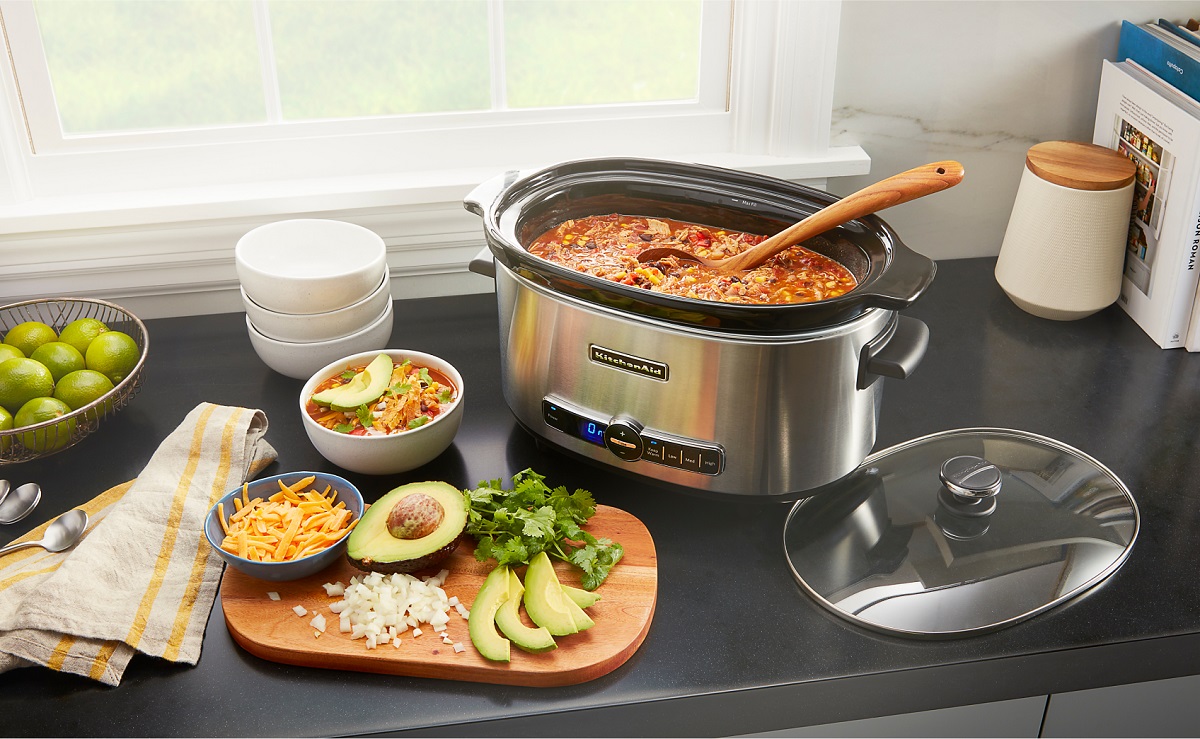
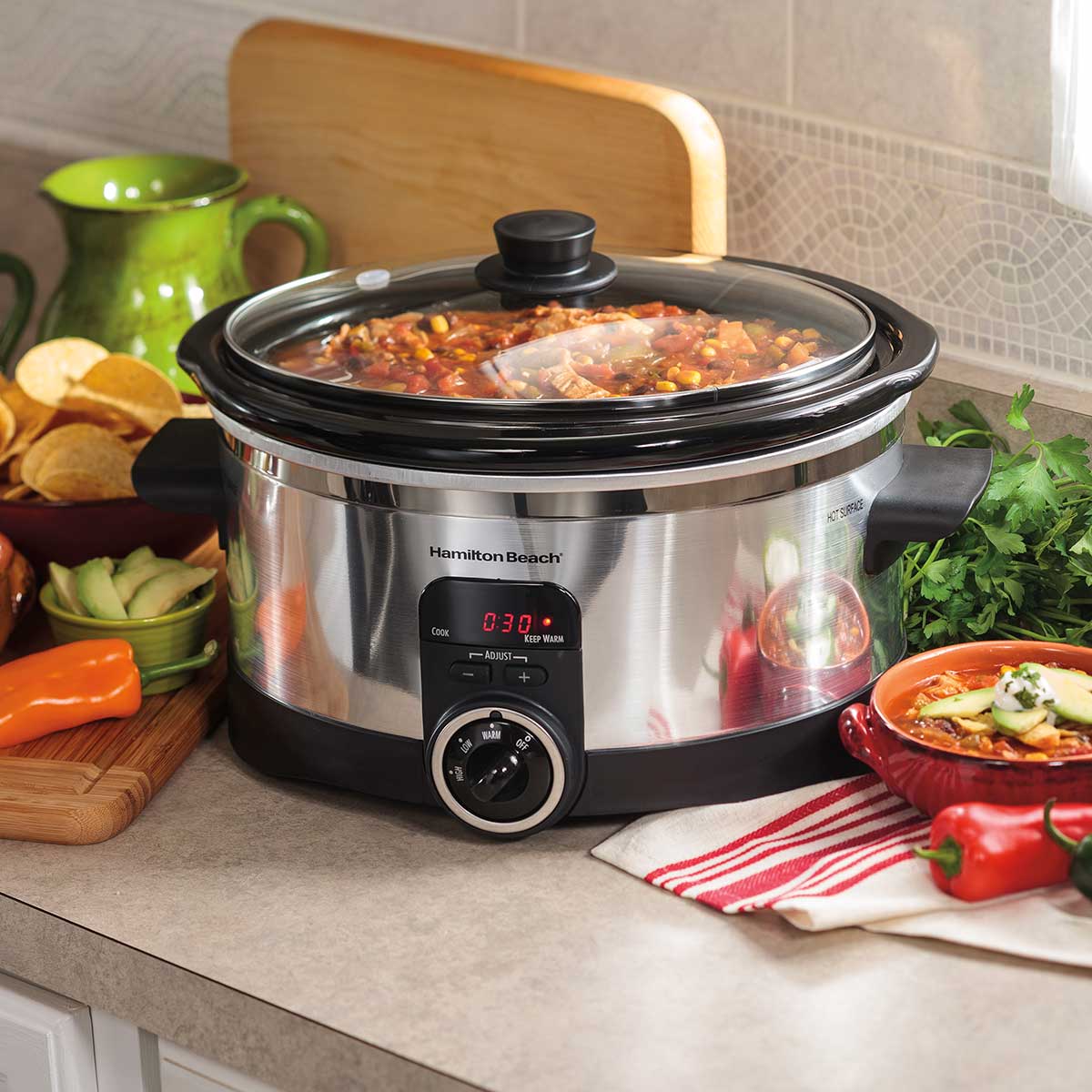
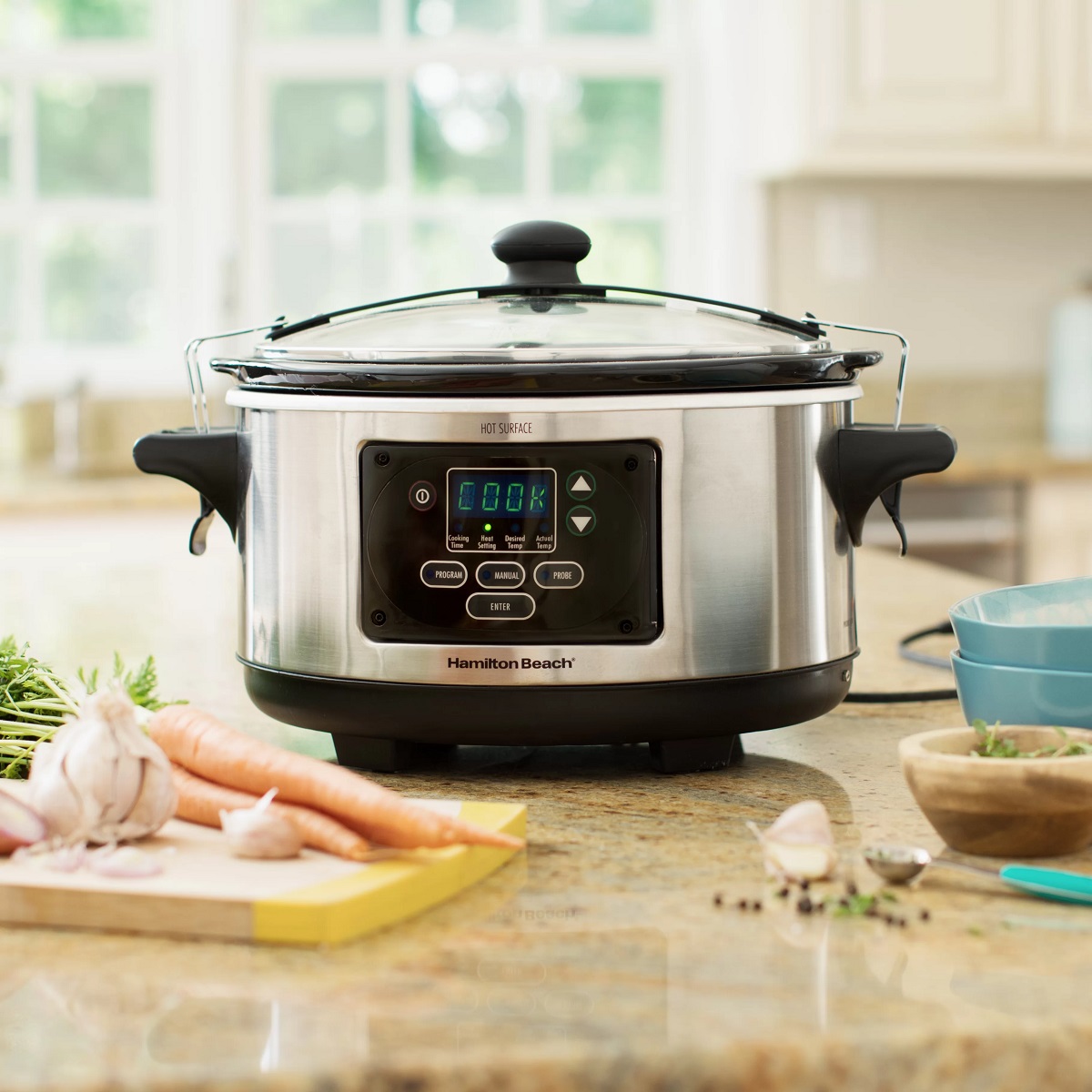
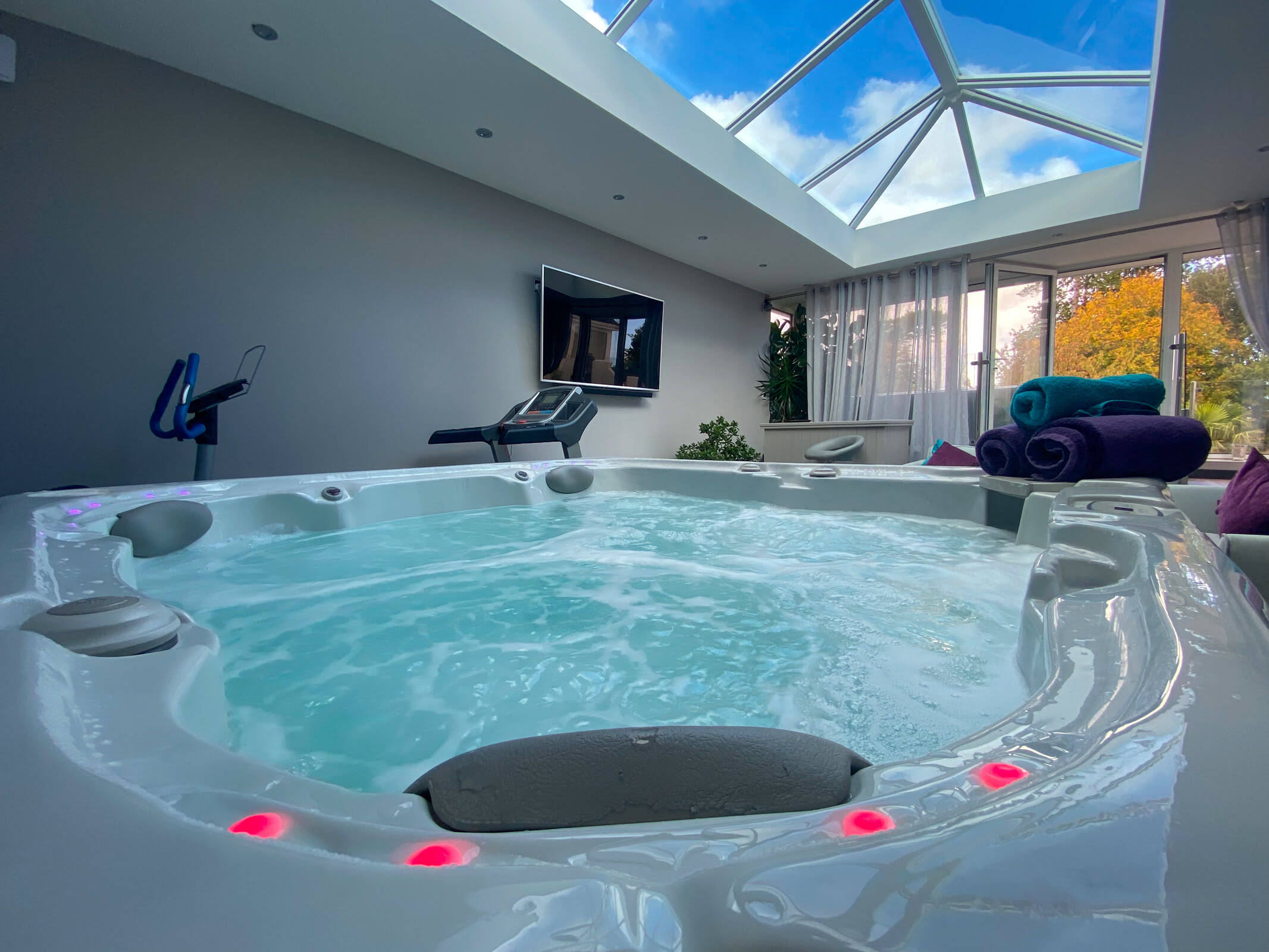
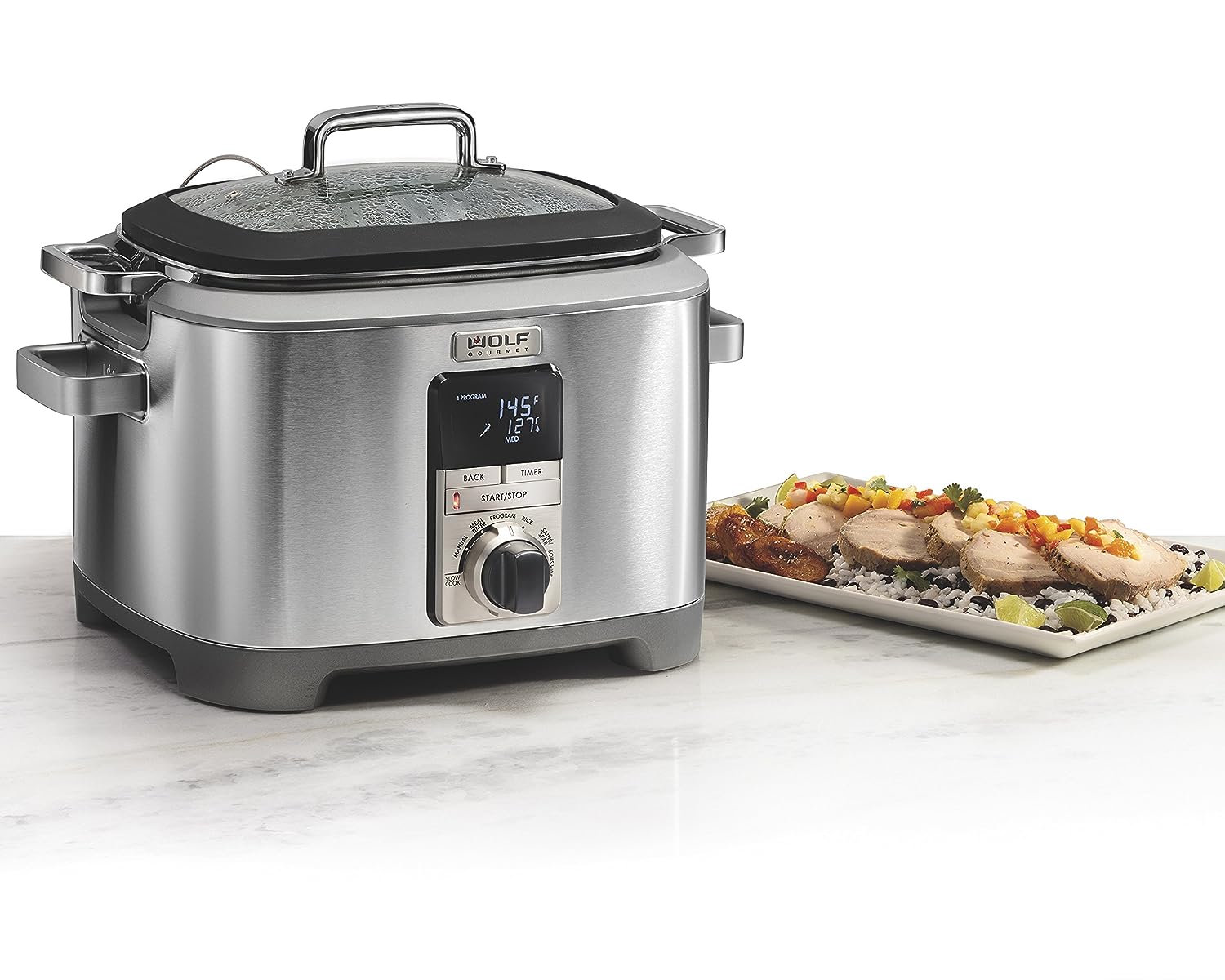
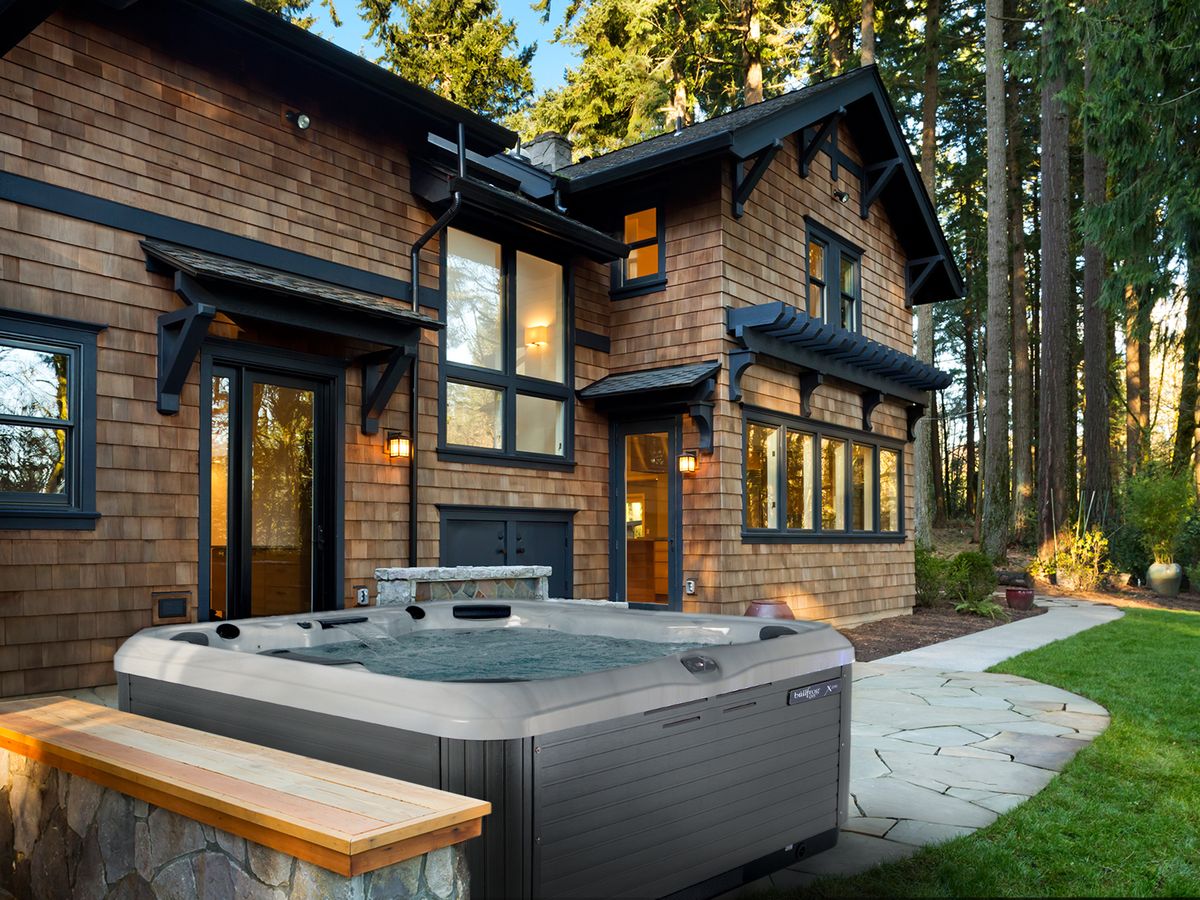
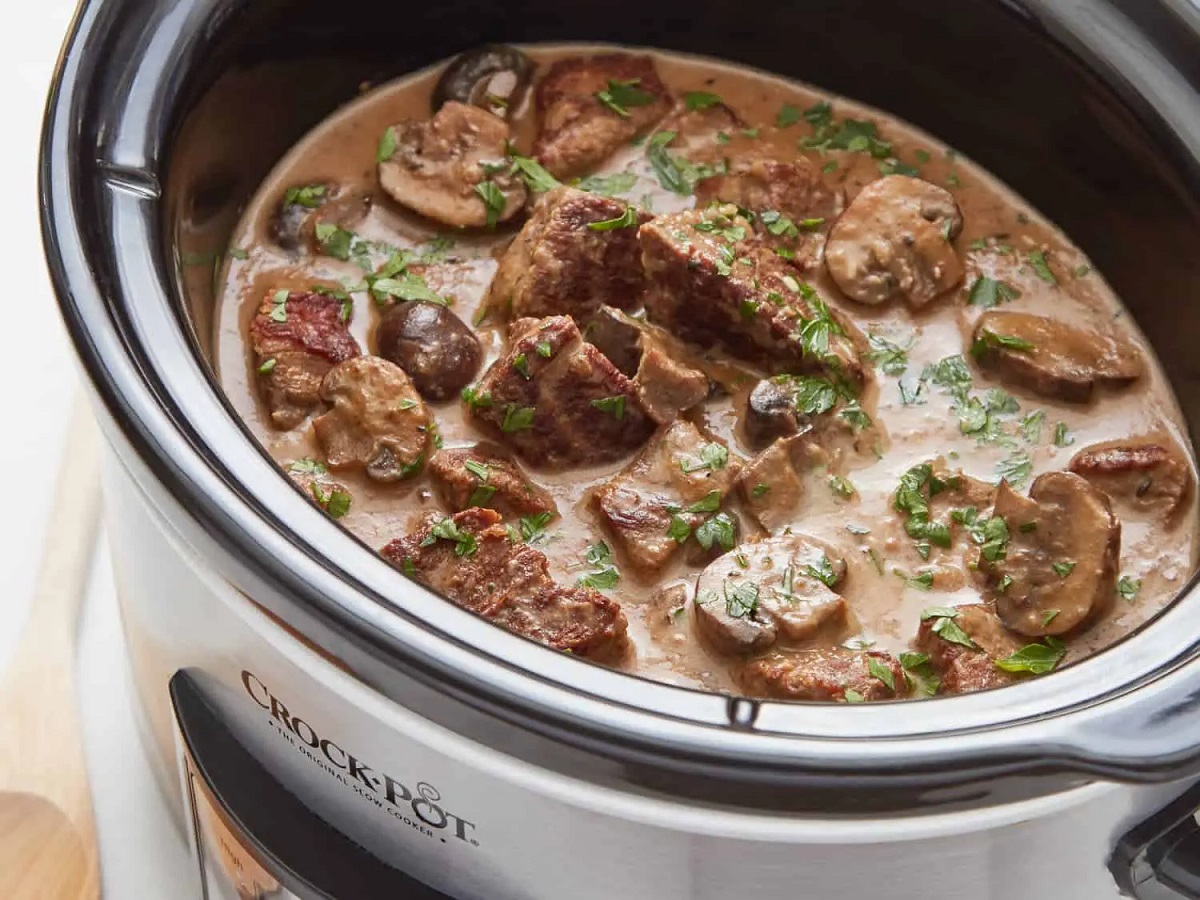
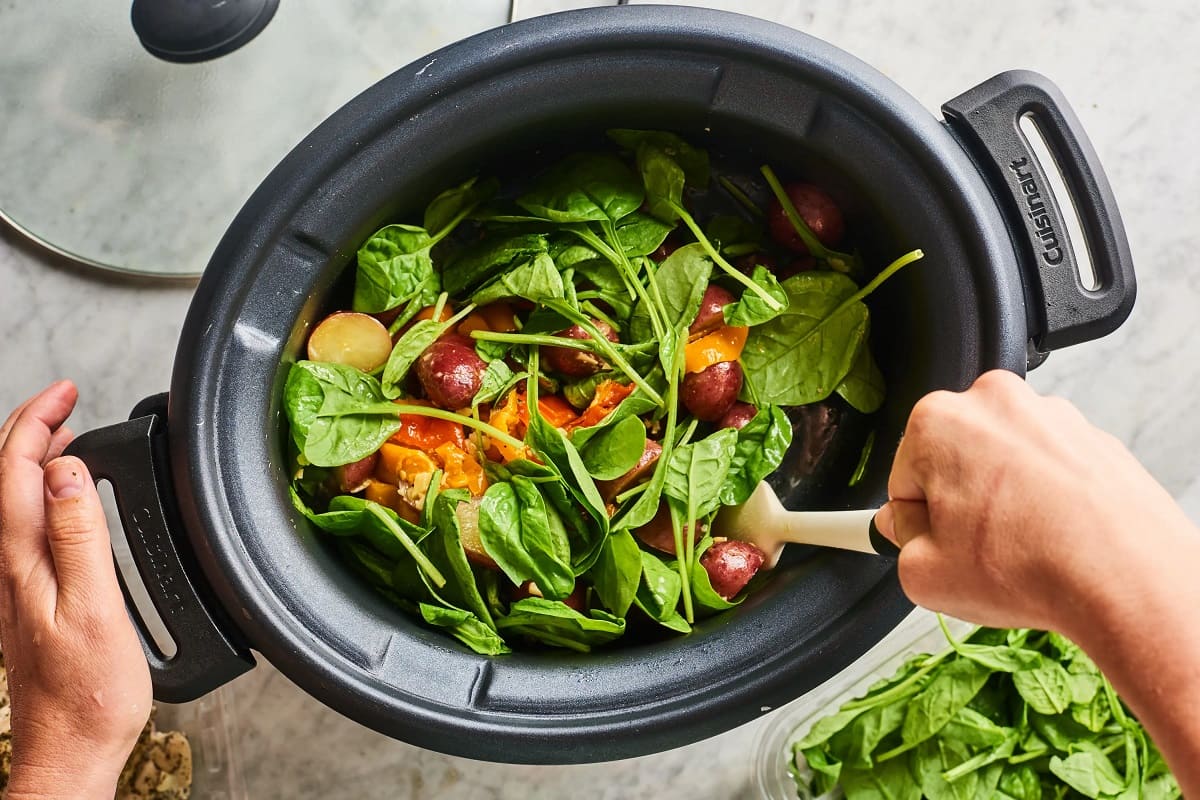
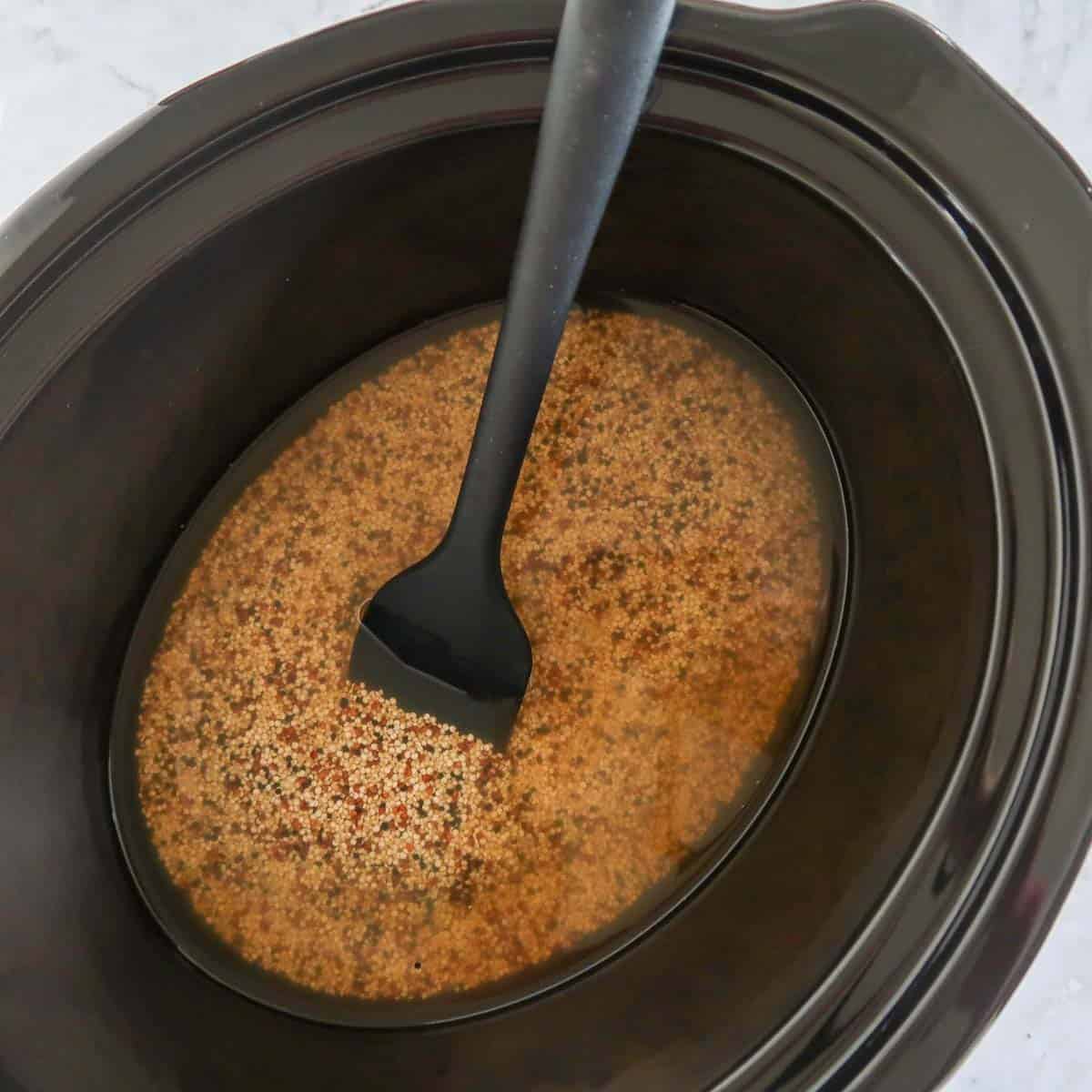
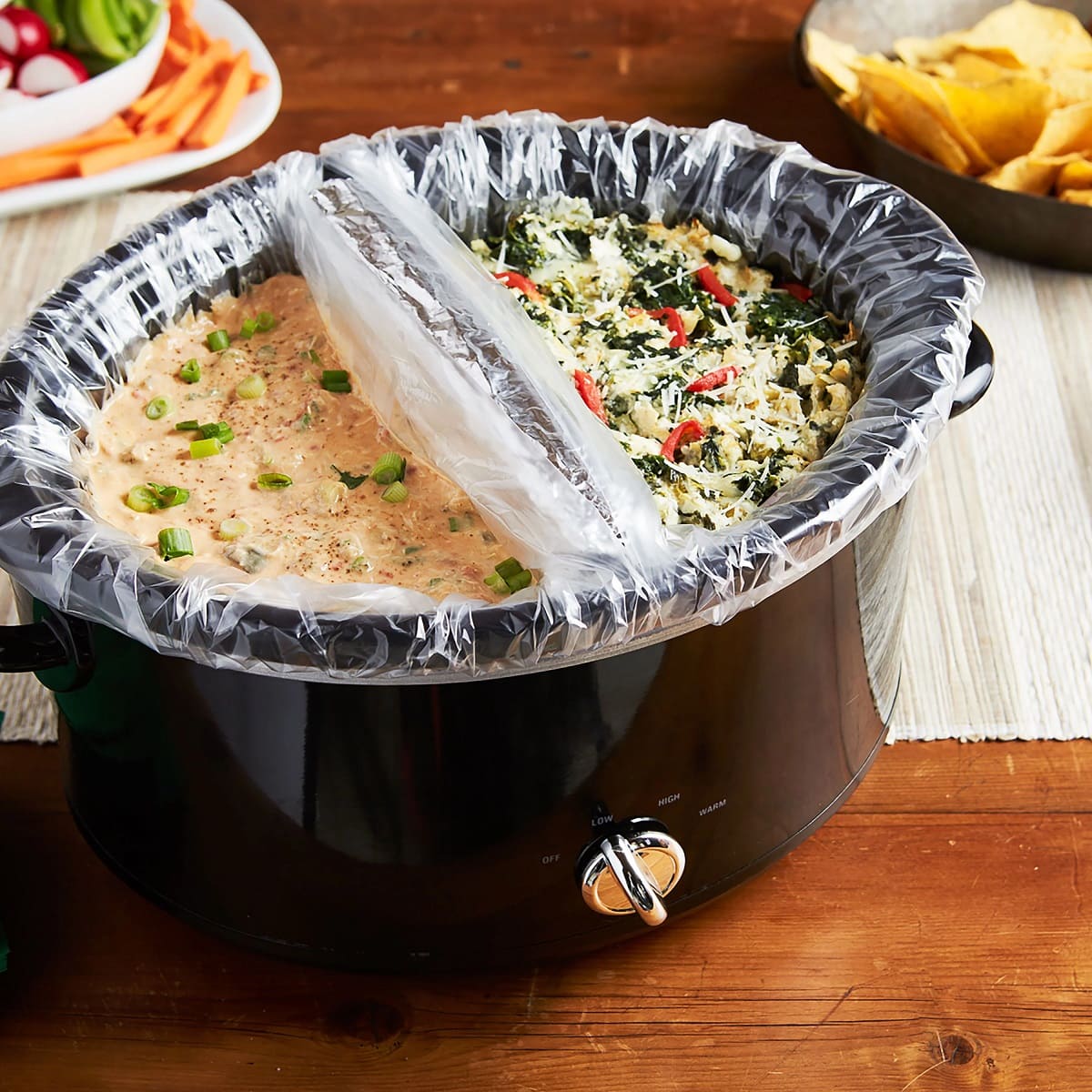
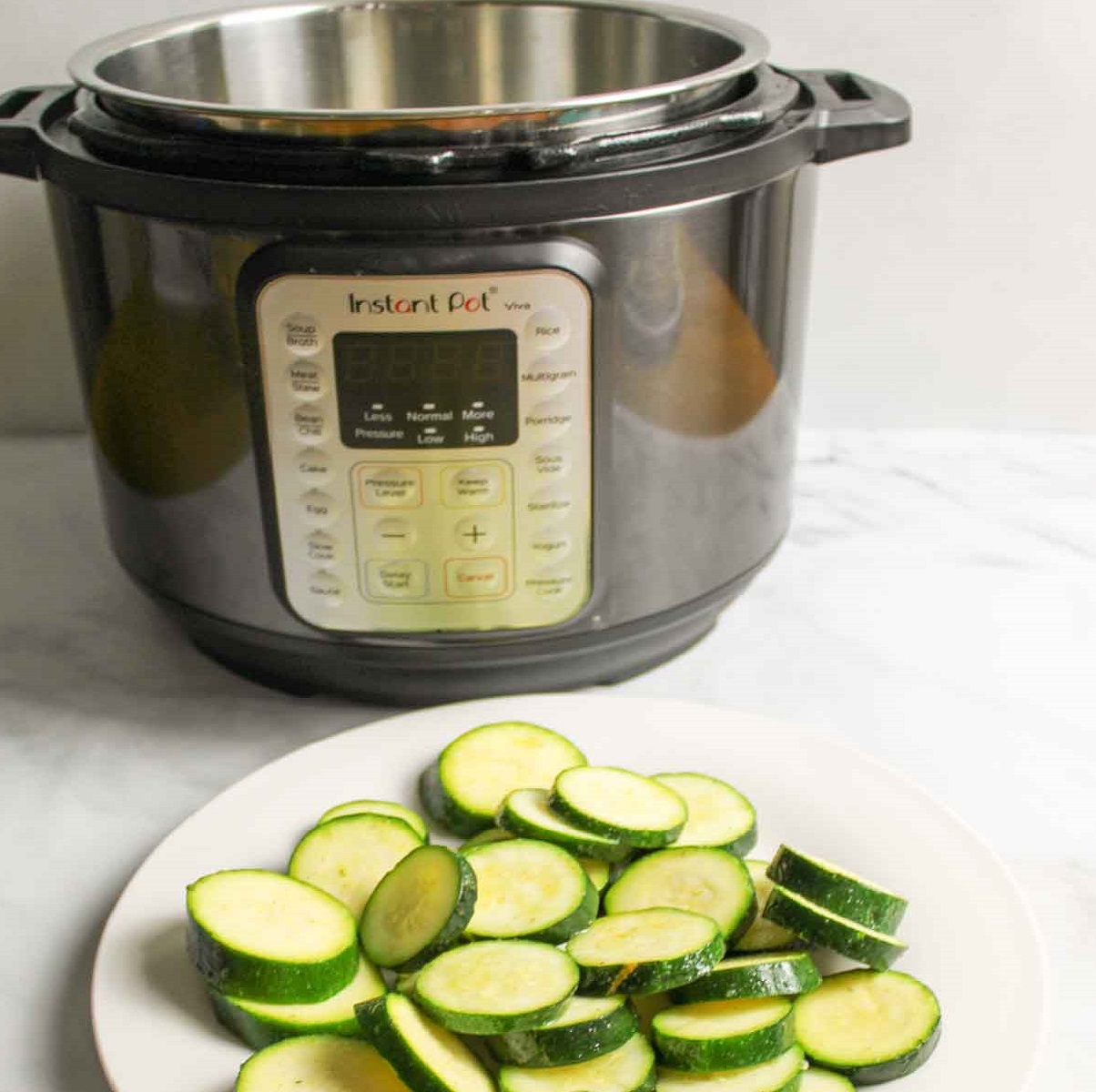
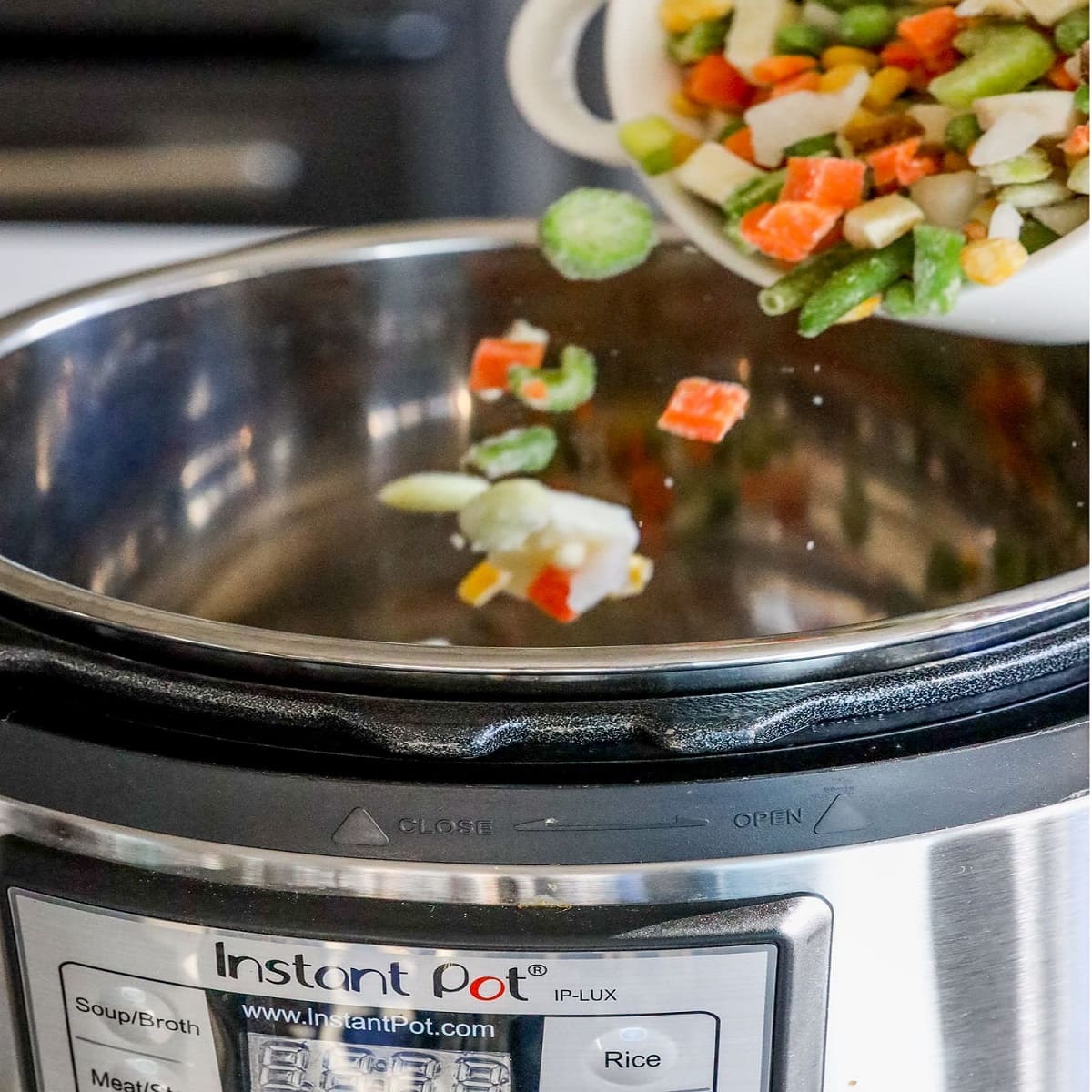
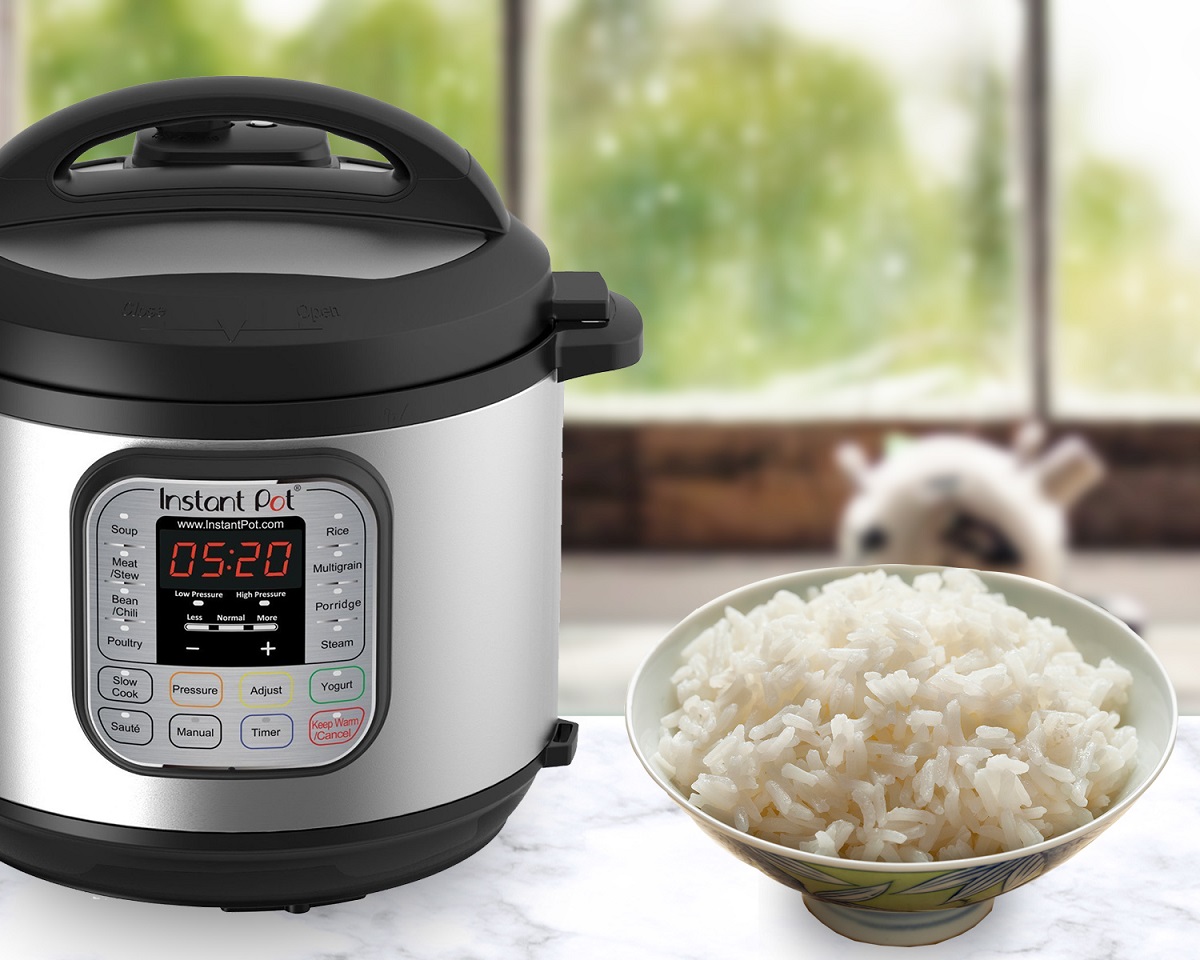
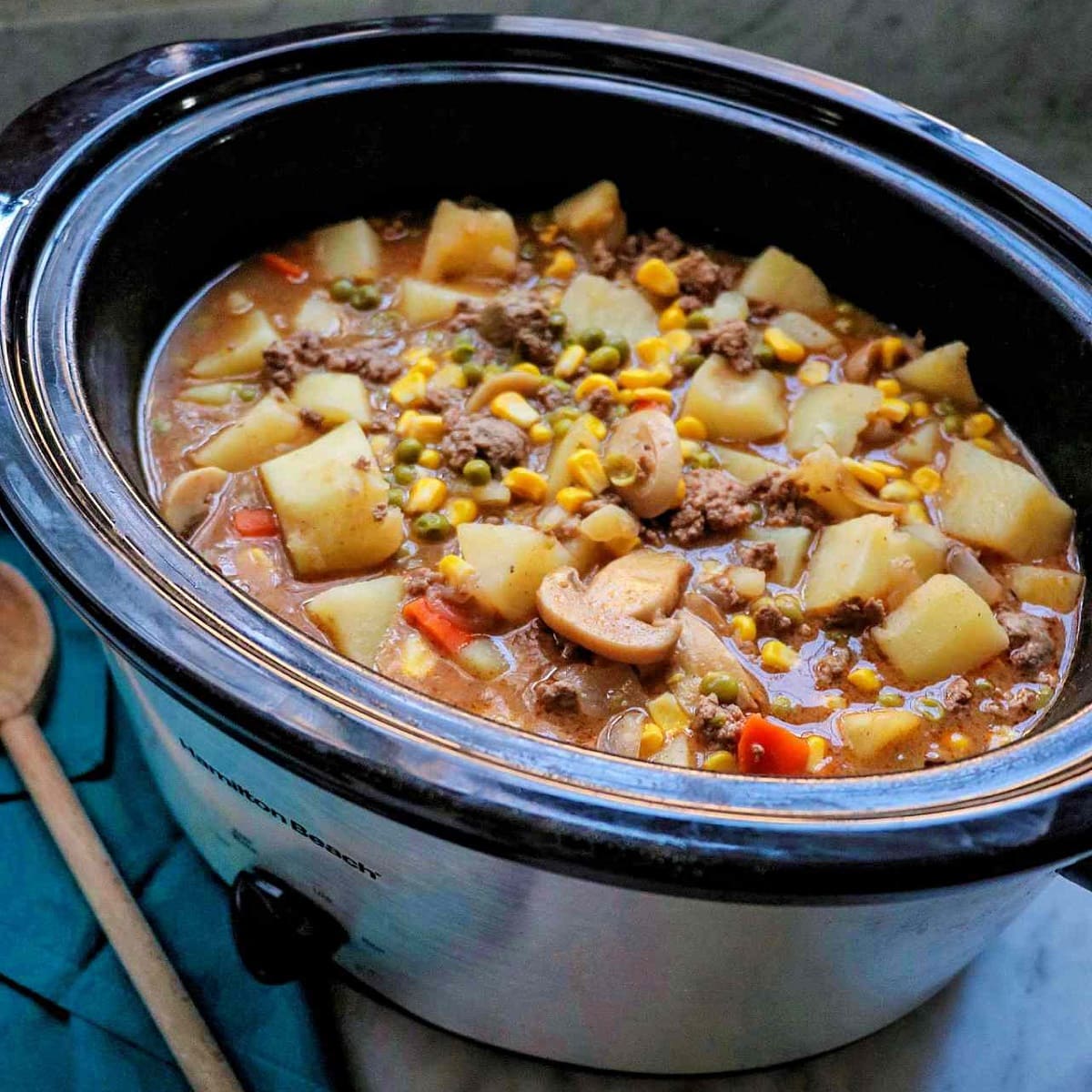

0 thoughts on “What Is The Ideal Temperature When Using A Slow Cooker”